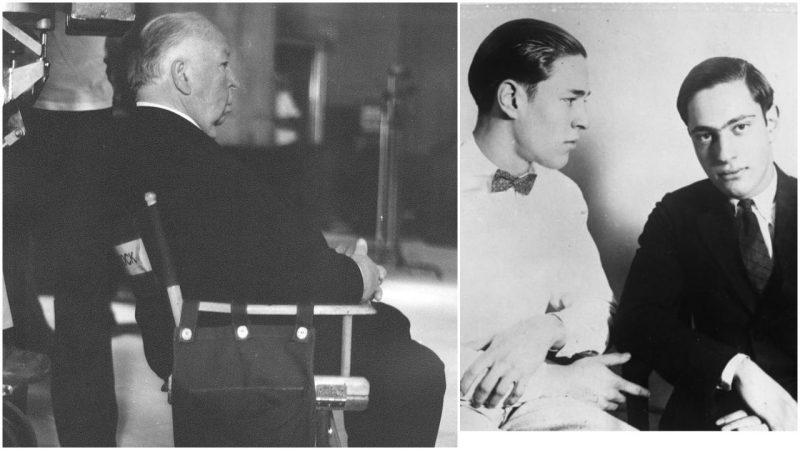Alfred Hitchcock was arguably one of the most influential directors of the 20th century. His crime films include Dial M for Murder, Rear Window, North by Northwest, Vertigo, and, of course, Psycho, the precursor of the modern slasher genre.
Although most of Hitchcock’s films were the products of his imagination and the imagination of writers whose works of fiction he chose to adapt, some of his masterpieces were inspired by dark real-life events and people. For example, Psycho was inspired by the eerie case of Ed Gein, who is also known as “The Butcher of Plainfield,” a deranged murderer who exhumed corpses from local graveyards.
Another Hitchcock film that was inspired by real-life events is Rope, a groundbreaking crime thriller that was released in 1948. The film features two young intellectuals, promising and wealthy Harvard students, who murder their colleague out of a wish to commit the perfect crime. The two murderers think that their intellect makes them superior to other people and they can get away with a carefully planned crime.
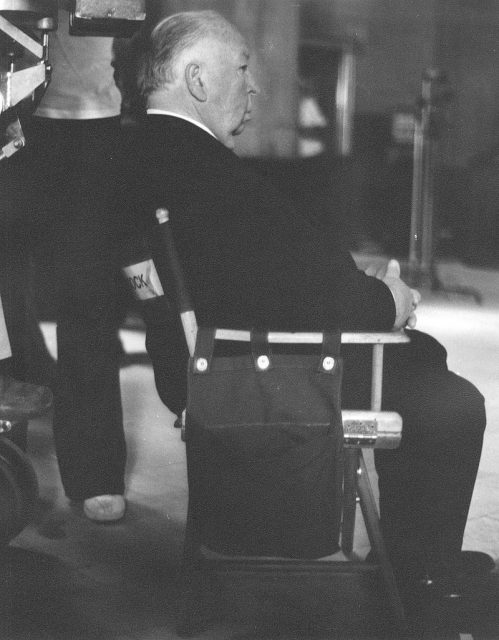
However, one of the young men becomes overly confident and starts openly discussing the “art of the perfect murder” with his friends, and even the relatives of the victim. The other man is overcome with depression and guilt. The rising tension and the superior deduction skills of one of the two murderer’s friends, who is portrayed by the flawless Jimmy Stewart, lead to the film’s conclusion, during which the crime is exposed.
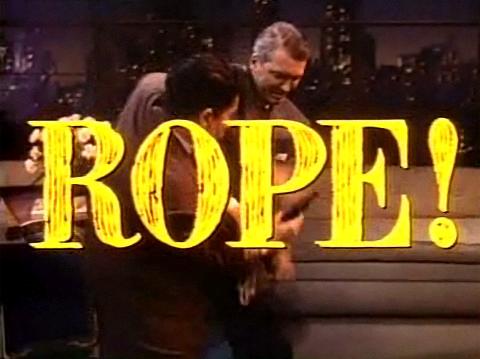
Aside from its tense and thrilling story, the film is famous for its inventive filming techniques. The entire film was shot in 10 long takes and the cuts between several are effectively masked: because of this, the film seems almost like a theatrical production. Furthermore, in order to present the stunning cityscape of Manhattan visible through the window of the murderer’s apartment, a huge model of the city was built at the studio where the film was shot. The model featured replicas of the Empire State Building and the Chrysler Building, as well as numerous chimneys, neon-lit storefronts, and moving clouds painted in vivid colors.
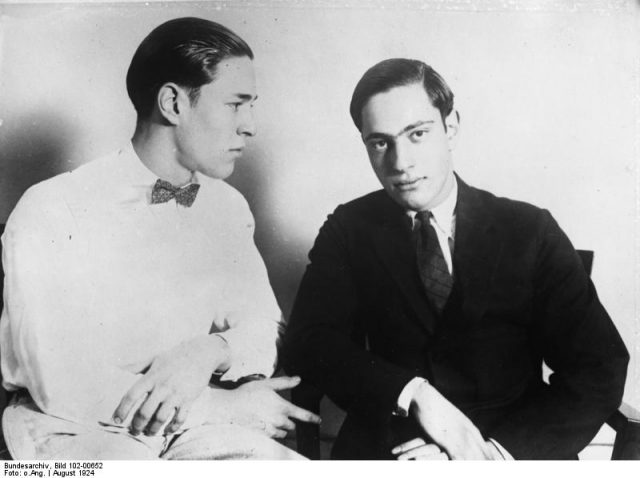
The real-life story that inspired Hitchcock’s Rope is perhaps even more terrifying than the events depicted in the film. Namely, in 1924, two wealthy and highly intelligent students at the University of Chicago, Nathan Leopold and Richard Loeb, kidnapped and murdered a young boy. Although they sent a ransom note with elaborate instructions to the boy’s family, the only motive for their horrible deed was the desire to commit a perfect crime and escape any repercussions.
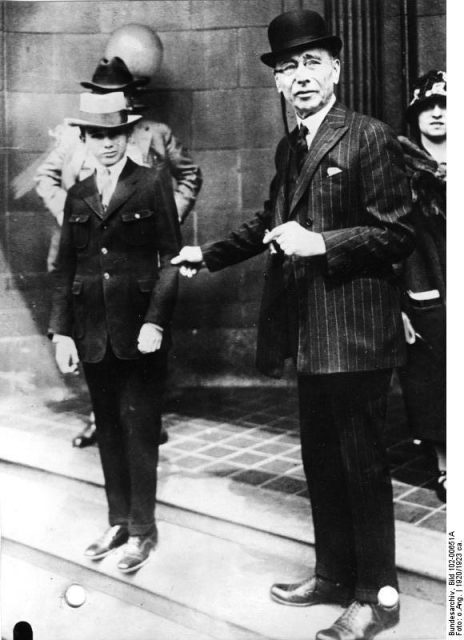
In their opinion, such a scenario would prove their intellectual superiority over others. The ransom note was supposed to lead investigators towards wrong conclusions and steer them away from the truth.
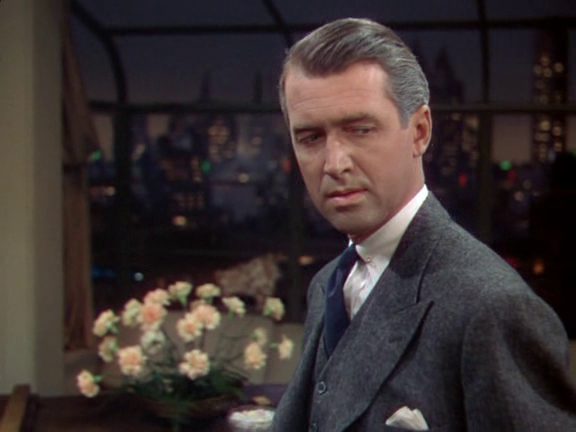
Like the protagonists of Hitchcock’s film, the murderers Leopold and Loeb, aged 19 and 18, thought that the perfect crime was a good way of proving that their intellectual capabilities were far beyond those of ordinary people. Leopold was the deranged mastermind who dragged his friend deep into his plan by taunting him with false interpretations of philosophical texts. In the days following the murder of the boy, Bobby Franks, investigators thought that they were dealing with kidnappers who wanted to extort money from the boy’s father, a wealthy watch manufacturer.
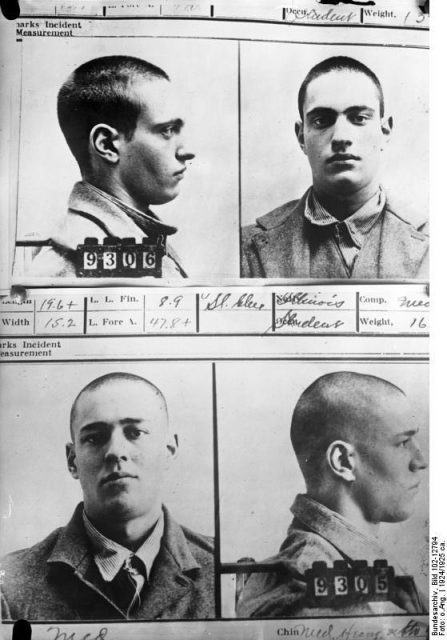
Leopold was satisfied with the media attention generated by the crime: he even publicly discussed the kidnapping and elaborated his theory on the identity of the perpetrator. On the other hand, Loeb grew depressed and was haunted by the heinous crime they committed.
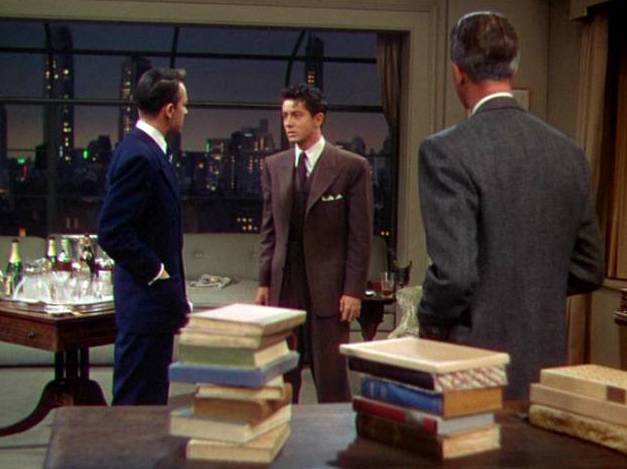
Ultimately, the murderers were exposed. The hidden body of the victim was found along with a pair of expensive glasses, which were easily connected to Leopold. Furthermore, the false alibis of the two students were quickly exposed by investigators who uncovered discrepancies in their testimonies. The two claimed that they visited local bars and drove around in Leopold’s car on the day of the kidnapping, but Leopold’s chauffeur proved that the car was actually broken down at that time. When their web of lies was exposed and the evidence revealed their sloppiness, the two students confessed to the murder.
Related story from us: The 1920s perpetrators of the “perfect crime”: Leopold and Loeb
Their pathological dreams of unparalleled intellectual superiority were quickly shattered by the American justice system–both of them were sentenced to life in prison for murder and an additional 99 years for kidnapping. Loeb was killed in prison by another inmate, and Leopold was released on parole in 1958, after serving 34 years. He died in 1971. Both men seem to have been haunted by their terrifying crime until their death.
